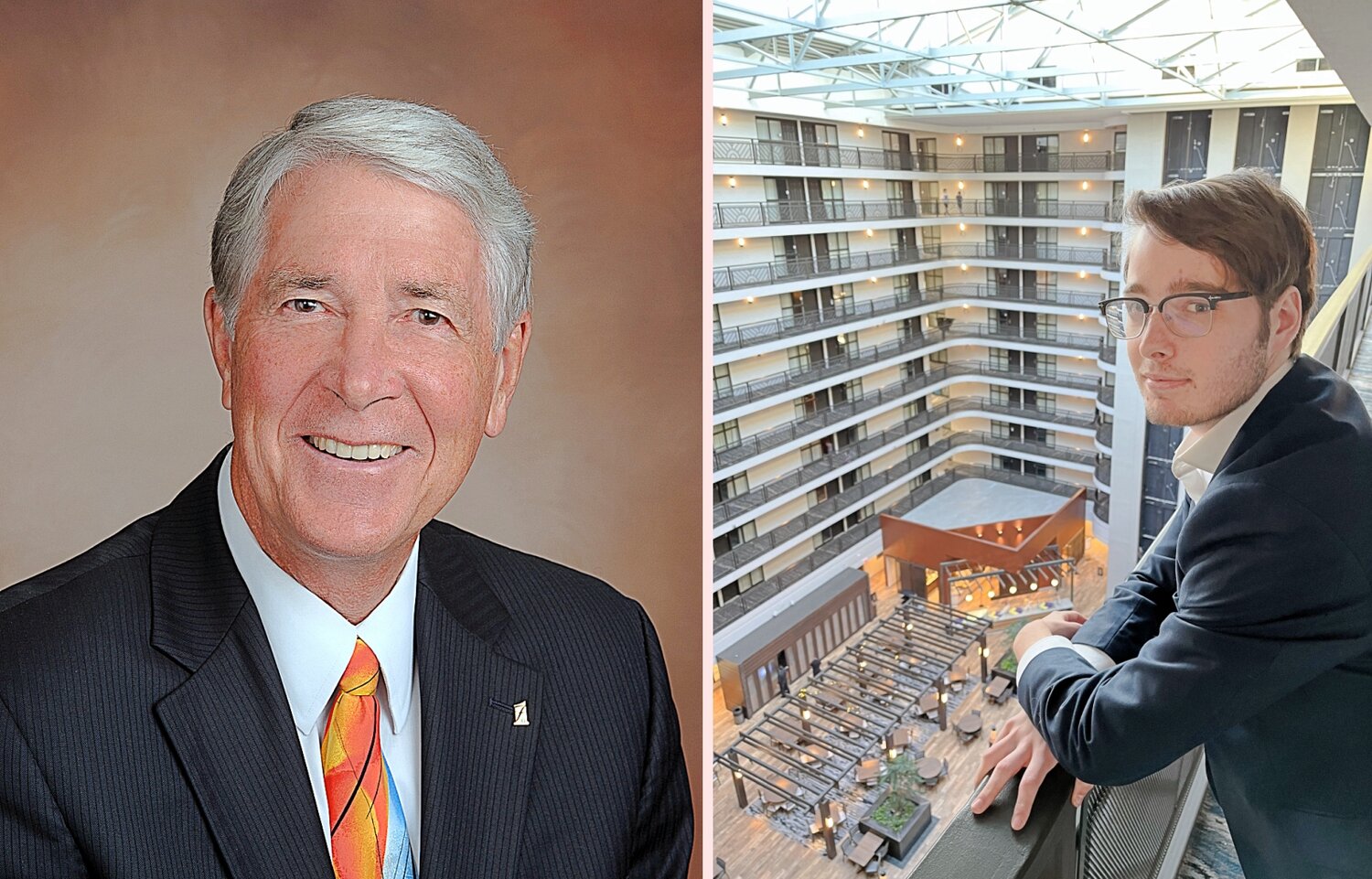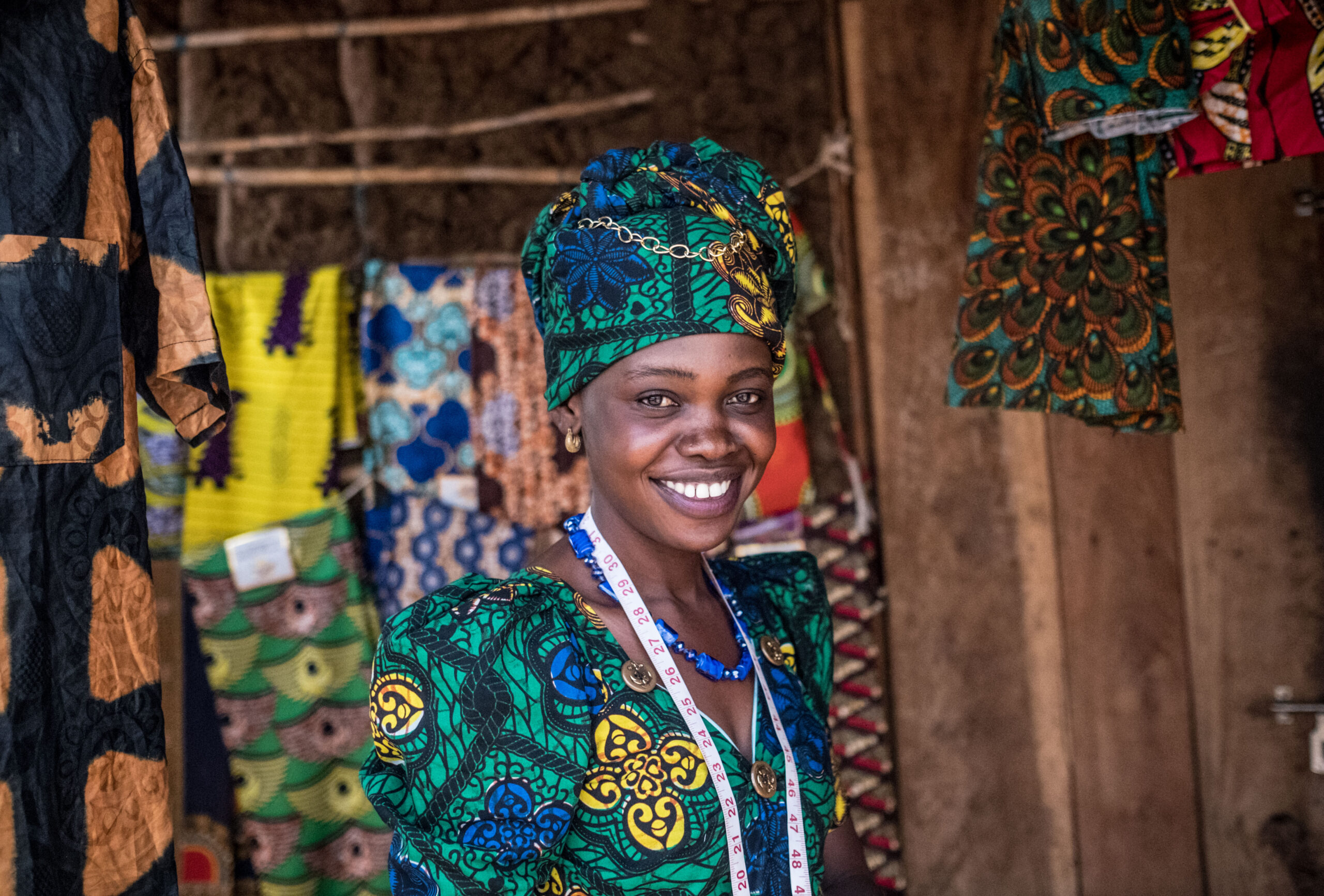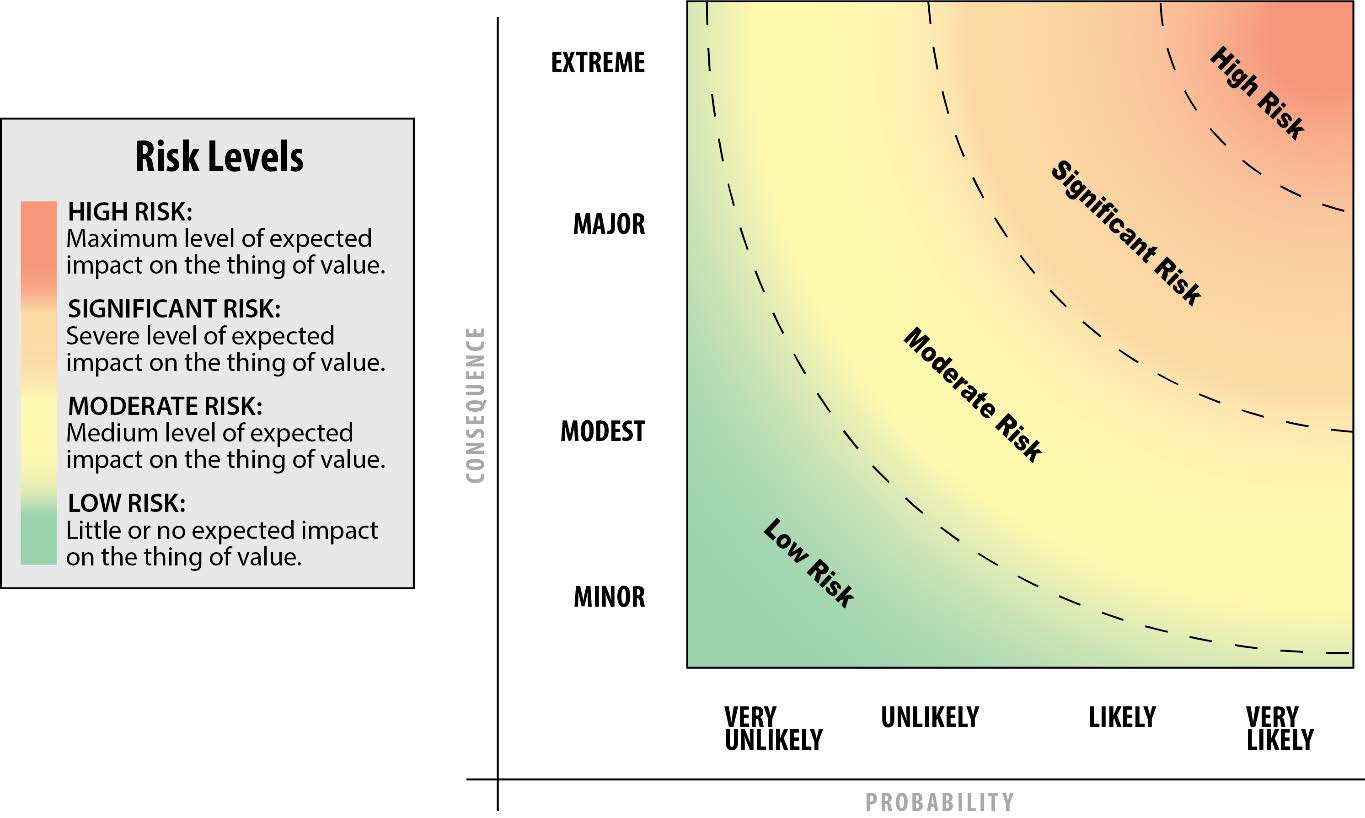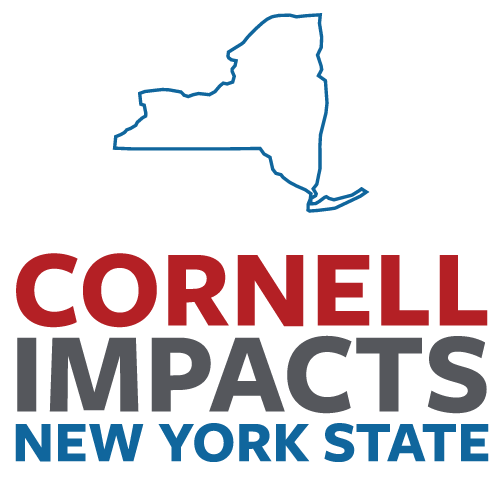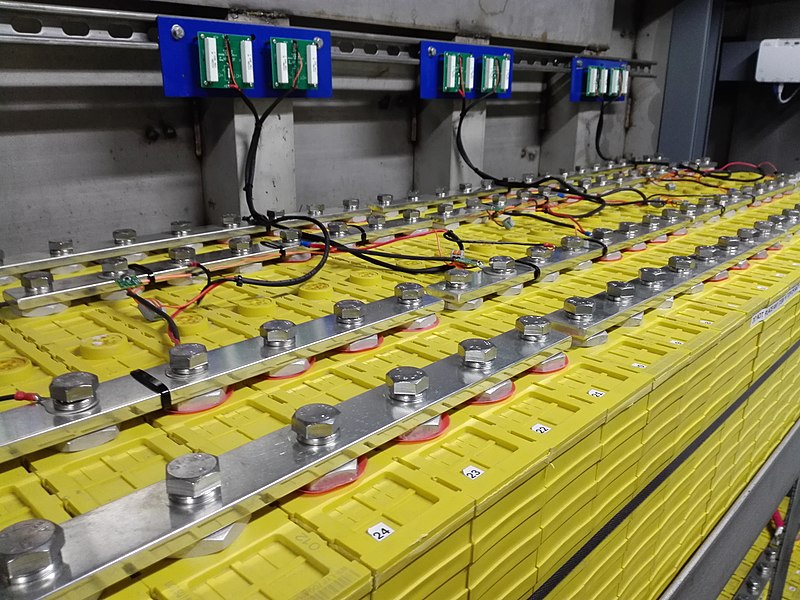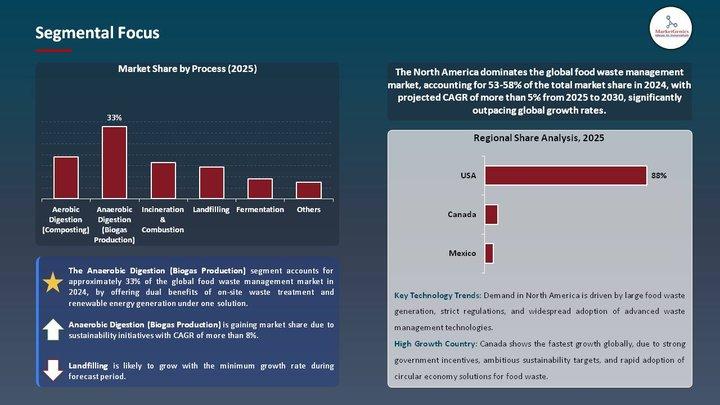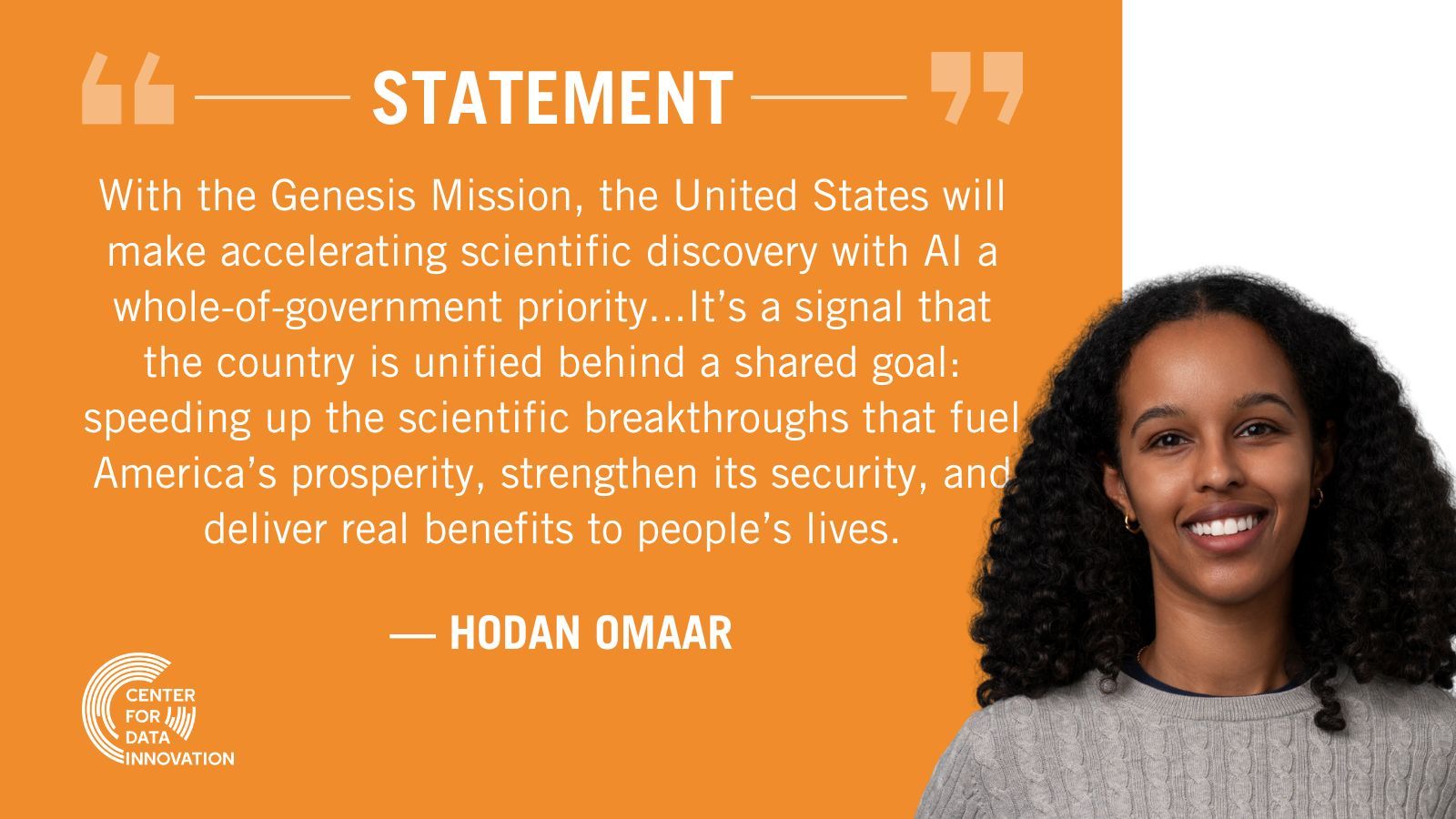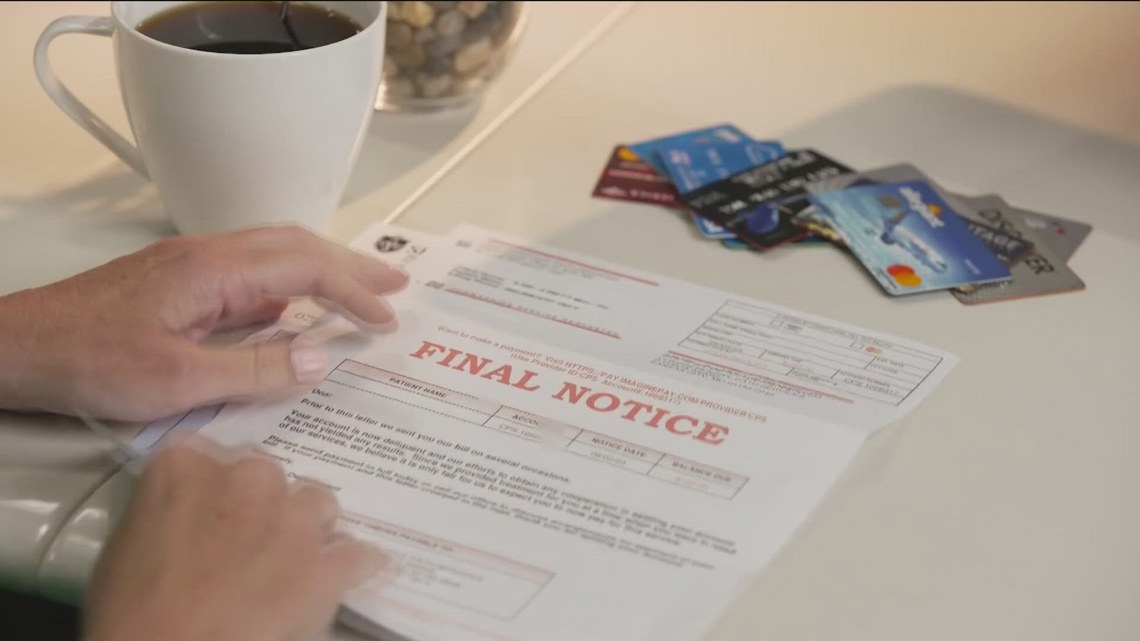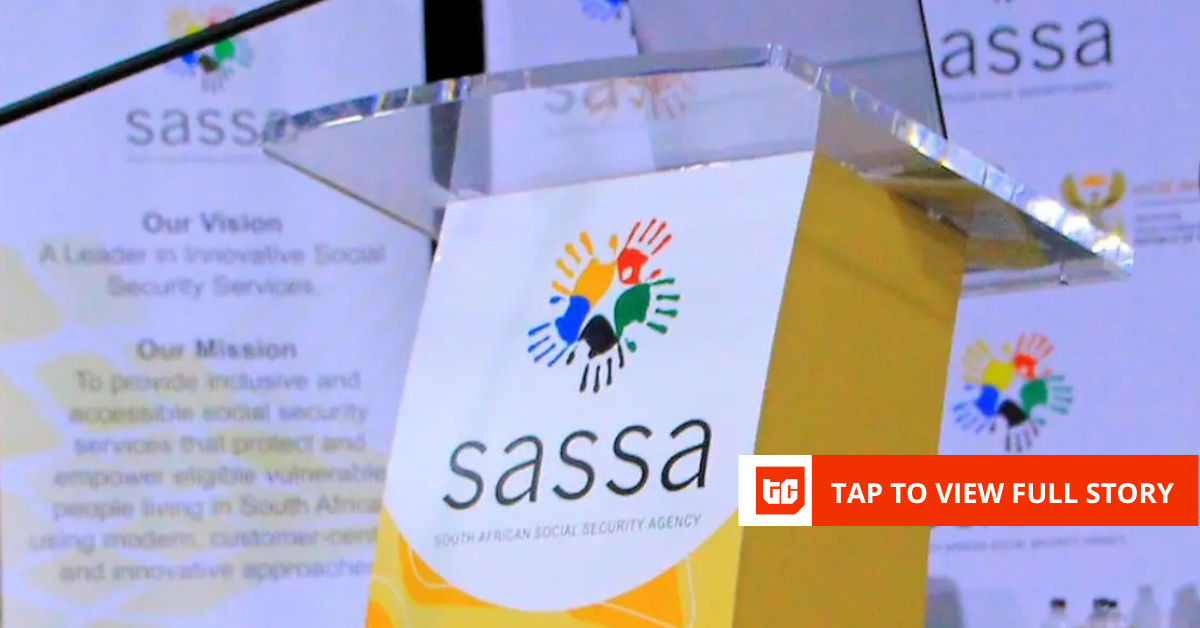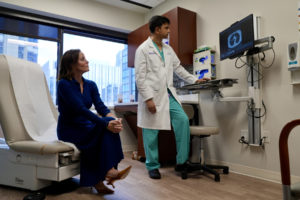Urban mobility: From MMetroplan to today’s ‘green transport’ revolution – The Manila Times

Report on Urban Mobility and Sustainable Development in the Philippines
The Urban Mobility Crisis and its Impact on Sustainable Development Goals
The prevailing urban development model in the Philippines, particularly in Metro Manila, presents a significant challenge to achieving the Sustainable Development Goals (SDGs). The current focus on car-centric infrastructure has led to a national crisis characterized by severe traffic congestion. This directly impedes progress on several key SDGs.
- SDG 8 (Decent Work and Economic Growth): The Japan International Cooperation Agency (JICA) estimates that the country loses P3.5 billion daily due to congestion. Commuters in Metro Manila lose an average of 257 hours annually in traffic, severely impacting national productivity and economic growth.
- SDG 3 (Good Health and Well-being): Excessive time spent in traffic contributes to a sedentary lifestyle and increased stress, negatively affecting public health. Furthermore, vehicle emissions degrade air quality, posing significant health risks.
- SDG 11 (Sustainable Cities and Communities): The current mobility crisis undermines the goal of creating inclusive, safe, resilient, and sustainable urban environments. The lack of accessible and efficient transport systems reduces the overall quality of life for urban dwellers.
A paradigm shift is required from a location-based to a mobility- and accessibility-based urban planning approach, prioritizing walkability and bikeability through the development of 5-minute neighborhoods and 15-minute cities.
Historical Context: The MMetroplan of 1976
The Metro Manila Transport, Land Use and Development Planning Project (MMetroplan), published in 1976, provided early warnings and strategic recommendations that align with contemporary sustainable development principles. The plan foresaw the consequences of unmanaged urban growth and proposed solutions that, if implemented, would have advanced the Philippines’ progress toward the SDGs.
MMetroplan’s Foresight and Recommendations
- Anticipated Problems: The plan predicted catastrophic traffic congestion, unmanaged urban expansion, and encroachment into flood-prone areas, issues that are central to SDG 11 (Sustainable Cities and Communities) and SDG 13 (Climate Action).
- Proposed Solutions: It recommended the development of integrated public transport networks, transit-oriented developments (TODs), and high-quality streets for pedestrians. These proposals are foundational for building resilient and sustainable infrastructure as outlined in SDG 9 (Industry, Innovation and Infrastructure).
The failure to fully implement MMetroplan highlights the critical need for political will and disciplined execution of strategic urban plans to achieve sustainable development.
Green Urban Transport as a Framework for SDG Achievement
Green urban transport is a core pillar of creating sustainable cities. It directly addresses multiple SDGs by redesigning urban spaces to prioritize people over vehicles. This approach is essential for reducing carbon footprints and enhancing urban livability.
- Addressing Climate Change (SDG 13): With transportation accounting for 20% of global emissions, a shift toward green mobility, including electrified public transport and active transport, is a critical climate action.
- Designing Sustainable Cities (SDG 11): Urban design shapes mobility. The current lack of safe sidewalks and continuous bike lanes forces car dependency. A people-first approach, allocating one-third of road space to pedestrians and bicycles, one-third to green landscaping, and one-third to vehicles, is necessary to create inclusive and sustainable communities.
- Building Sustainable Infrastructure (SDG 9): The development of efficient, electrified, and interconnected multimodal transport systems is crucial for providing all citizens with access to safe, affordable, and sustainable transport, a key target of SDG 11.
- Promoting Health and Inclusivity (SDG 3 & SDG 11): Walking is the most democratic and accessible mode of transport. Prioritizing pedestrian infrastructure promotes physical well-being and ensures that urban mobility is inclusive for all, regardless of age or income.
The Active Transport Strategic Master Plan (ATSMP)
The Active Transport Strategic Master Plan (ATSMP), developed by the Department of Transportation (DOTr), represents the Philippines’ current roadmap for aligning its urban mobility strategy with the Sustainable Development Goals. The plan institutionalizes walking and cycling as essential components of modern urban development to enhance air quality, public health, and urban livability.
Key Features of the ATSMP
- Alignment with Global and National Goals: The ATSMP is explicitly aligned with the UN SDGs, the Philippine Development Plan 2023-2028, and the National Transport Policy.
- Pilot Implementation: The plan identifies six pilot cities (NCR, Puerto Princesa, Iloilo, Surigao, Zamboanga, and Mati) to represent diverse urban contexts for its initial rollout.
- Comprehensive Framework: It consists of 14 interlinked tasks that address infrastructure, planning, governance, and policy, ensuring a holistic approach to achieving SDG 11.
- Capacity-Building: A major deliverable is a capacity-building program for national and local government units to ensure the long-term, sustainable implementation of active transport infrastructure, supporting SDG 9.
Conclusion: A People-First Mobility Revolution for National Development
The path to a sustainable and developed Philippines is intrinsically linked to a revolution in urban mobility. By integrating the lessons of past plans like MMetroplan with the principles of green urbanism and the strategic framework of the ATSMP, the nation can build cities that are resilient, equitable, and competitive.
Achieving this vision requires a fundamental shift in values, where those with less in wheels have more in roads. Investing in walkability, bikeability, and sustainable transport systems is not merely an urban planning decision but a foundational investment in national development and the fulfillment of the Sustainable Development Goals.
Analysis of Sustainable Development Goals in the Article
1. Which SDGs are addressed or connected to the issues highlighted in the article?
The article on urban mobility, traffic congestion, and sustainable transport in the Philippines, particularly Metro Manila, addresses several Sustainable Development Goals (SDGs). The analysis of the text reveals connections to the following goals:
- SDG 3: Good Health and Well-being: The article links traffic congestion and car-centric urban design to negative impacts on public health and quality of life, while promoting active transport (walking, cycling) for its health benefits.
- SDG 8: Decent Work and Economic Growth: The economic cost of traffic congestion is explicitly mentioned as a major hindrance to national productivity.
- SDG 9: Industry, Innovation and Infrastructure: The discussion revolves around the need for developing sustainable, resilient, and integrated transport infrastructure, including public transit, bike lanes, and pedestrian walkways.
- SDG 11: Sustainable Cities and Communities: This is the most central SDG in the article, which advocates for inclusive, safe, resilient, and sustainable urban planning, focusing on accessible public transport, green spaces, and people-centric mobility.
- SDG 13: Climate Action: The article directly identifies transportation as a significant contributor to carbon emissions and frames the shift to green urban transport and active mobility as a critical climate issue.
2. What specific targets under those SDGs can be identified based on the article’s content?
Based on the issues discussed, several specific SDG targets can be identified:
- Under SDG 3 (Good Health and Well-being):
- Target 3.6: By 2020, halve the number of global deaths and injuries from road traffic accidents. The article’s emphasis on creating “safe” environments for pedestrians and cyclists, improving “unsafe” sidewalks, and prioritizing people over cars directly supports the goal of reducing traffic-related injuries and fatalities.
- Target 3.9: By 2030, substantially reduce the number of deaths and illnesses from hazardous chemicals and air, water and soil pollution and contamination. The article highlights that transportation contributes to 20% of worldwide emissions and that dependence on fossil-fuel vehicles “magnifies pollution.” Promoting active transport and electrified public transit is presented as a way to enhance air quality, thus reducing health risks from pollution.
- Under SDG 8 (Decent Work and Economic Growth):
- Target 8.2: Achieve higher levels of economic productivity through diversification, technological upgrading and innovation. The article quantifies the economic loss due to traffic congestion at “P3.5 billion” per day, stating it is a “national crisis affecting productivity.” Improving mobility is framed as a foundation for national development and competitiveness.
- Under SDG 9 (Industry, Innovation and Infrastructure):
- Target 9.1: Develop quality, reliable, sustainable and resilient infrastructure, including regional and transborder infrastructure, to support economic development and human well-being, with a focus on affordable and equitable access for all. The article critiques the current state of transport infrastructure and calls for “interconnected transit-oriented development,” “efficient public transport networks,” and “high-quality streets for both pedestrians and motorists,” as recommended by the MMetroplan and the Active Transport Strategic Master Plan (ATSMP).
- Under SDG 11 (Sustainable Cities and Communities):
- Target 11.2: By 2030, provide access to safe, affordable, accessible and sustainable transport systems for all, improving road safety, notably by expanding public transport. This target is the core theme of the article, which advocates for prioritizing “walkability and bikeability,” developing “5-minute neighborhoods,” and implementing the ATSMP to make active transport “safe, inclusive, continuous, and interconnected.”
- Target 11.3: By 2030, enhance inclusive and sustainable urbanization and capacity for participatory, integrated and sustainable human settlement planning and management in all countries. The article references the MMetroplan as a historical example of “strategic, integrated planning” and promotes the ATSMP as a current framework for systematic urban development.
- Target 11.6: By 2030, reduce the adverse per capita environmental impact of cities, including by paying special attention to air quality and municipal and other waste management. The call for “green urban transport” to “reduce carbon footprints” and address the 20% of worldwide emissions from transportation directly aligns with this target.
- Target 11.7: By 2030, provide universal access to safe, inclusive and accessible, green and public spaces. The proposal to allocate “one-third for pedestrians/bicycles, one-third for trees and landscaping, and one-third for vehicles” is a direct strategy to create more accessible and green public spaces within cities.
- Under SDG 13 (Climate Action):
- Target 13.2: Integrate climate change measures into national policies, strategies and planning. The article explicitly states that “Transport is a climate issue” and highlights that the Active Transport Strategic Master Plan (ATSMP) is “aligned with the National Transport Policy, Philippine Development Plan 2023-2028, and the UN SDGs,” demonstrating the integration of sustainable transport (a climate measure) into national planning.
3. Are there any indicators mentioned or implied in the article that can be used to measure progress towards the identified targets?
Yes, the article mentions several quantitative and qualitative indicators that can be used to measure progress:
- Time Lost in Traffic: The figure “commuters lose 257 hours every year stuck in traffic” serves as a baseline indicator for Target 11.2. A reduction in this number would indicate progress in creating a more efficient transport system.
- Economic Loss from Congestion: The statement that “the country loses P3.5 billion to congestion” daily is a direct economic indicator for Target 8.2. Progress can be measured by the reduction of this daily economic loss.
- Transport Infrastructure Quality Ranking: The fact that “Metro Manila still ranks 90th out of 100 globally in transport infrastructure quality” is a comparative indicator for Target 9.1. An improvement in this global ranking would signify progress.
- Share of Emissions from Transport: The statistic that “Transportation contributes 20 percent of worldwide emissions” provides a sectoral indicator for Targets 11.6 and 13.2. Progress for the Philippines could be measured by tracking and reducing the national transport sector’s share of total emissions.
- Modal Split / Road Space Allocation: The proposed street design of “one-third for pedestrians/bicycles, one-third for trees and landscaping, and one-third for vehicles” can be used as a design guideline and a measurable indicator for Targets 11.2 and 11.7. Progress could be measured by the total kilometers of roads that are redesigned to meet this standard.
- Implementation of National Plans: The development and implementation of the “Active Transport Strategic Master Plan (ATSMP)” itself is a policy-based indicator of progress towards Targets 11.2, 11.3, and 13.2. Its successful execution in the six pilot cities would be a key milestone.
4. Table of SDGs, Targets, and Indicators
| SDGs | Targets | Indicators Identified in the Article |
|---|---|---|
| SDG 3: Good Health and Well-being |
3.6: Halve deaths and injuries from road traffic accidents. 3.9: Reduce deaths from pollution. |
– Creation of safe and accessible environments for pedestrians and cyclists. – Reduction in air pollution from fossil-fuel vehicles. |
| SDG 8: Decent Work and Economic Growth | 8.2: Achieve higher levels of economic productivity. | – Daily economic loss due to congestion (Baseline: P3.5 billion per day). |
| SDG 9: Industry, Innovation and Infrastructure | 9.1: Develop quality, reliable, sustainable and resilient infrastructure. | – Global ranking in transport infrastructure quality (Baseline: 90th out of 100). – Development of interconnected public transport networks and high-quality streets. |
| SDG 11: Sustainable Cities and Communities |
11.2: Access to safe, affordable, accessible, and sustainable transport systems for all. 11.3: Enhance inclusive and sustainable urbanization and planning. 11.6: Reduce the adverse per capita environmental impact of cities. 11.7: Universal access to safe, inclusive, and accessible green and public spaces. |
– Average hours lost by commuters in traffic (Baseline: 257 hours per year). – Implementation of the Active Transport Strategic Master Plan (ATSMP). – Percentage of road space allocated to pedestrians, cyclists, and green spaces (Target: 1/3 for each). – Reduction in carbon footprint from urban transport. |
| SDG 13: Climate Action | 13.2: Integrate climate change measures into national policies and planning. |
– Alignment of national transport plans (like ATSMP) with UN SDGs. – Share of national emissions from the transportation sector (Context: 20% worldwide). |
Source: manilatimes.net
What is Your Reaction?
 Like
0
Like
0
 Dislike
0
Dislike
0
 Love
0
Love
0
 Funny
0
Funny
0
 Angry
0
Angry
0
 Sad
0
Sad
0
 Wow
0
Wow
0
